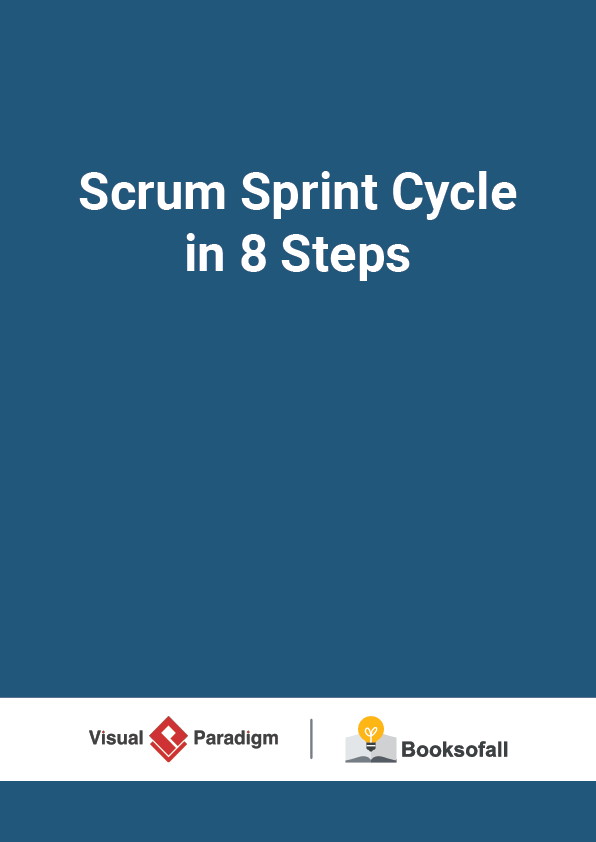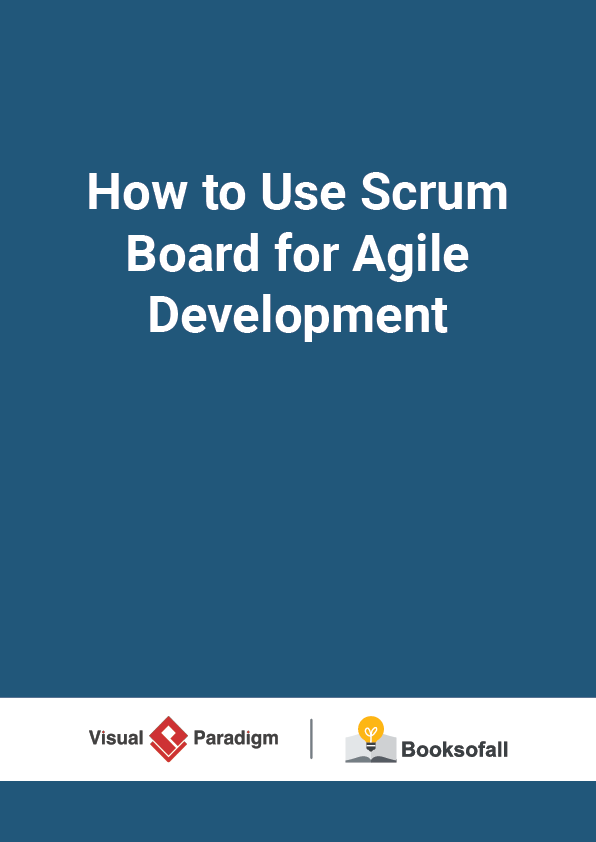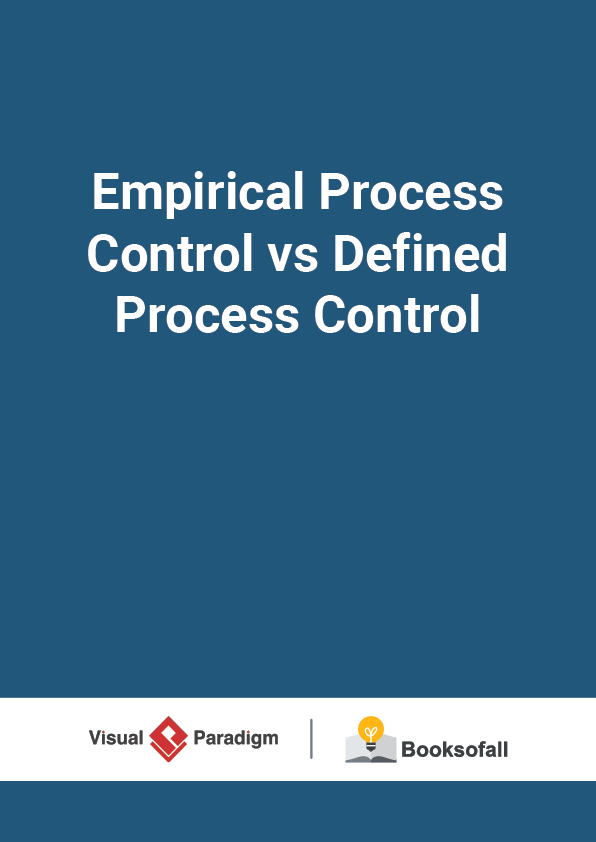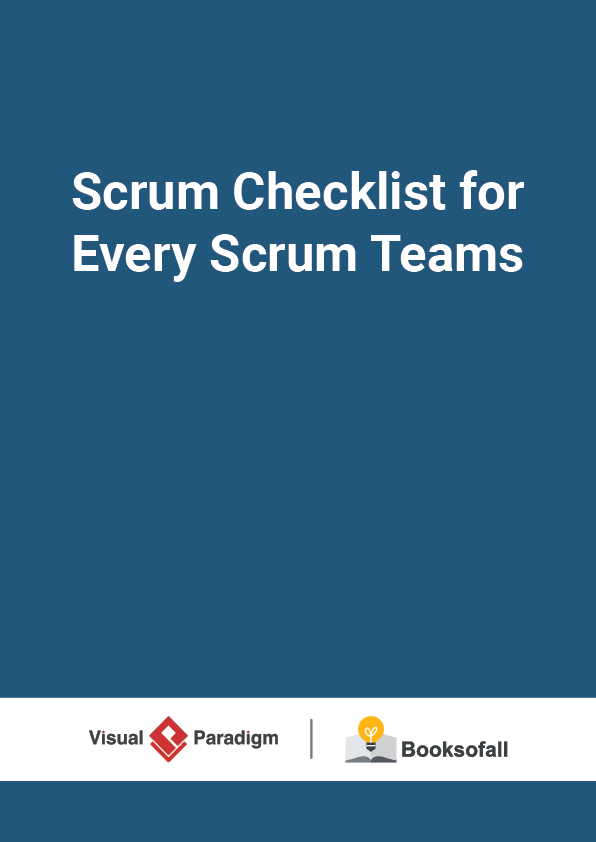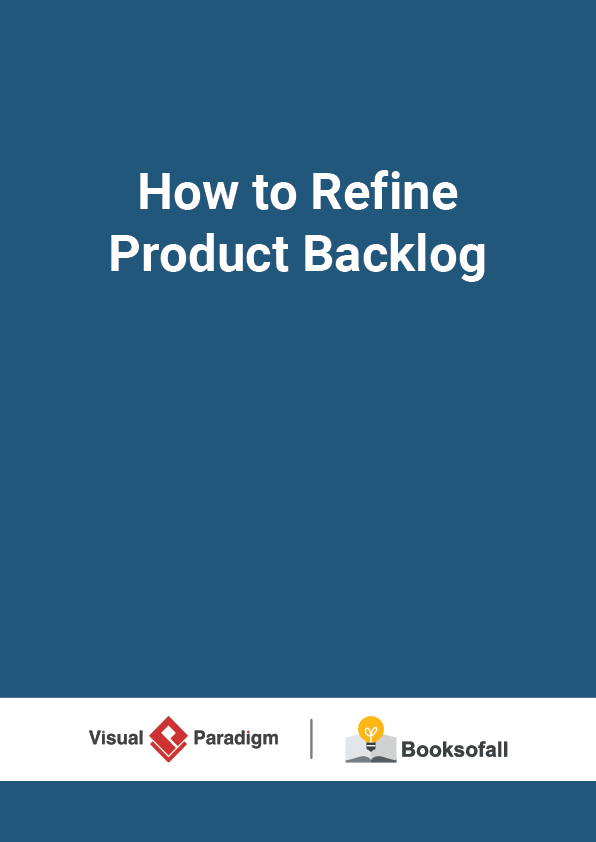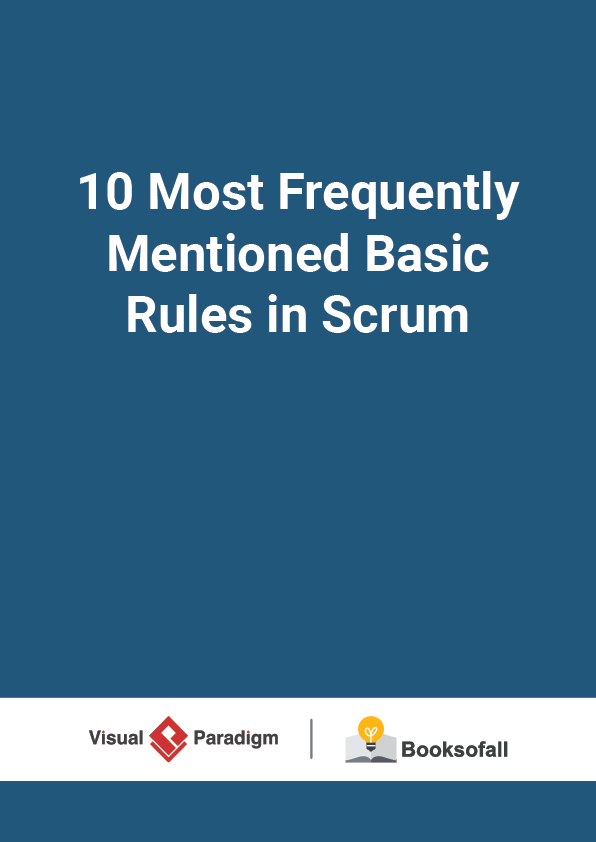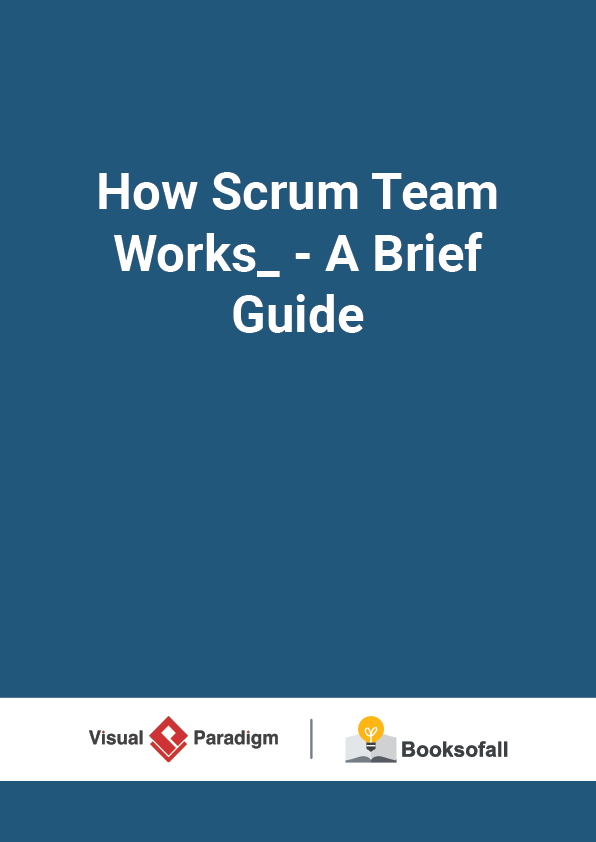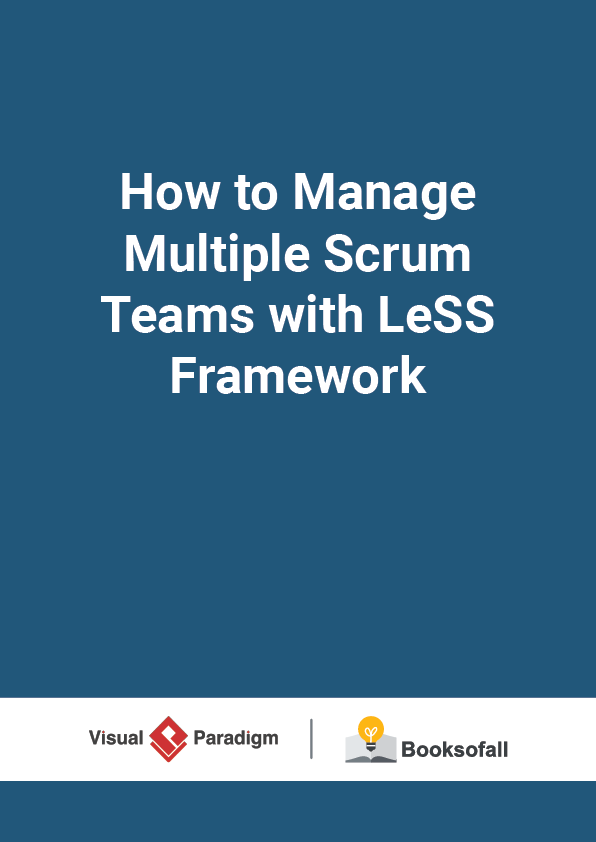Scrum Sprint Cycle in 8 Steps
5-7 minutes
This article gives a short and brief introduction of the Scrum framework . Scrum is an Iterative and Incremental approach to developing software. There are three main roles in Scrum: Product Owner , Scrum Master , and Scrum Team . A scrum project typically consists of a number of sprints and each Sprint typically lasts between 2 to 4 weeks. The key elements of Scrum are: Scrum Roles, Artifacts , and Ceremonies and together with some guidelines and rules.
To start a Scrum project, the Product Owner creates and prioritizes a list of wish-list items called the product backlog . Through the Sprint Planning Meeting , the Scrum Team decides how many items from the backlog can be developed in a Sprint. Every day of the Sprint, the team get together and do a stand-up called the Daily Scrum Meeting . During the Sprint, Scrum Master tries to remove any impediments and blockers so the Scrum Team can continue to work. At the end of the Sprint, the Team showcase the developed features to the team and other stakeholders, which are potentially candidates for release. At the end of the Sprint, there is also a Sprint Review at the Retrospective Meeting .
Scrum Sprint Cycle in 8 Steps
Scrum Roles:
- Product Owner
- Scrum Master
- Development Team
- Stakeholders
Scrum Artifacts
- Product Backlog
- Sprint Goal
- Sprint Backlog
Scrum Ceremonies
- Product Backlog Refinement Meeting
- Sprint Planning Meeting
- Daily Stand-up Meeting
- Sprint Review
- Sprint Retrospective
Scrum Process Explained
1. We first need to determine a Product Backlog (a list of product requirements in order of priority), which is the responsibility of the Product Owner 2. The Scrum Team makes estimates and arrangements for the workload based on the Product Backlog list in Product Backlog Refinement Meeting 3. With the Product Backlog list, we need to hold a Sprint Planning Meeting for defining the sprint goal of this iteration (the time period of a Sprint is typically 1 to 4weeks), then selected a list of user stories to form the Sprint Backlog for the coming sprint which could fulfill the sprint goal. 4. Sprint Backlog is completed by the Scrum Team, each member is refined into smaller tasks according to the Sprint Backlog (the workload of each task can be completed within a few days) 5. Within the Sprint, a Daily Scrum Meeting is required and each of the meetings is time-boxed in about 15 minutes. Everyone must speak and face-to-face to interact with all members for reporting what you did yesterday, and commit what you want to accomplish today, and you can ask questions related to impediment or problems that you can’t solve. Then, update your Sprint burn down Chart. 6. To achieve daily integration, that is, every day must have a version that can be successfully compiled and can be demonstrated; many people may not have used automated daily integration. If it passes, the unit test code is executed immediately. If all of them are passed, the version is released. 7. When all the user stories are completed, that is, the Sprint Backlog is completed, it means that a Sprint is completed. At this time, we need to conduct a Sprint Review Meeting (also known as a review meeting). The product owner and the customer must participate. Every member of the Scrum Team will demonstrate to them the working software they have completed and this meeting is very important and must not be cancelled. 8. Finally, The Sprint Retrospective is held after the sprint review at the end of each sprint. During the retrospective, the team self-identifies elements of the process that did or did not work during the sprint, along with potential solutions. Retrospectives typically last 90 minutes and are there to help us incorporate continuous improvement into our team culture and into our Sprint cadence.
